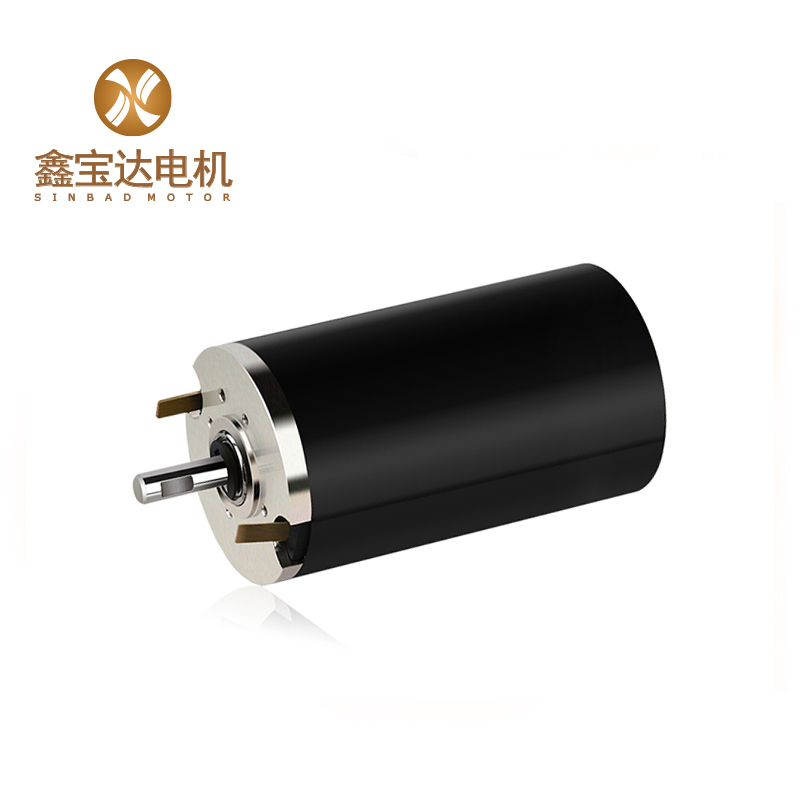Manufacturers and repair units of motors share a common concern: motors used outdoors, especially temporarily, tend to have a higher chance of quality issues. The intuitive reason is that outdoor operating conditions are poorer, with dust, rain, and other pollutants adversely affecting the motors. This problem is exacerbated when the protection level is not selected appropriately.
Another significant issue is the damage caused by low-voltage operation to the motor windings. Every motor model or series has specific requirements for safe operating voltage and power frequency. When exceeded, the motor is more prone to issues. Many equipment manufacturers implement protective measures, but these are often overridden, leaving the motor to operate under adverse conditions with low voltage and no protection.
An insider revealed that for temporary outdoor operations, considering cost, transmission lines are sometimes long, and aluminum cables are often used instead of copper to prevent theft. Combined with the operating conditions, power transmission, and the lack of protective measures, Coreless motors operate in a harsh environment with low voltage and no protection, resulting in uncertain quality outcomes.

Coreless Motor Knowledge Extension:
- Comparison of Aluminum and Copper Conductors
- Copper has lower resistance but aluminum dissipates heat faster. Copper has better conductivity and mechanical strength.
- Aluminum is cheaper and lighter but has lower mechanical strength and is prone to oxidation at connections, leading to higher temperatures and poor contact.
- Copper cables have better ductility, strength, fatigue resistance, stability, and corrosion resistance.
- Resistivity of Conductors
- Metals are the most common conductors, with silver having the best conductivity. Other substances with high resistivity are called insulators. Materials between conductors and insulators are semiconductors.
- Common Conductor Materials
- Silver, copper, and aluminum are the best conductors in their natural state. Silver is expensive, so copper is most widely used. Aluminum is used extensively in power transmission due to its light weight and low cost. Steel-cored aluminum cables are used to improve strength. Silver is rarely used due to cost, only in high-demand applications like precision instruments and aerospace. Gold is used for contacts in some instruments due to its chemical stability, not its resistivity.
- Writer:Ziana
Post time: Sep-12-2024

